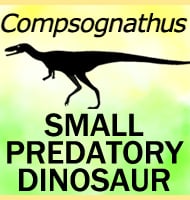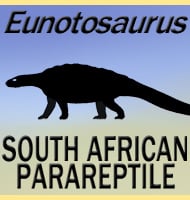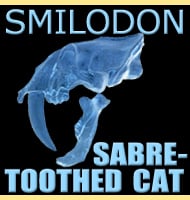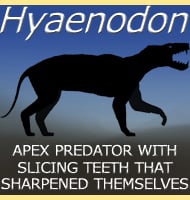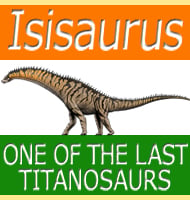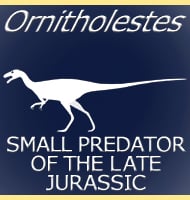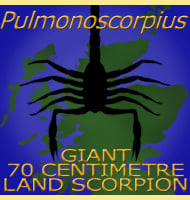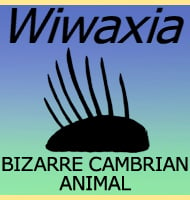In Depth
Necrolestes is only known from partial remains, but the snout (the best preserved part) has an upturned tip. This has led to speculation that Necrolestes may have had a fleshy appendage similar to that seen on the star nosed mole (Condylura cristata). This in turn has led to speculation that Necrolestes may have lived like a mole, although an alternative is that it may have been a more regular kind of small mammal that pushed a specially adapted sensing nose through leaf litter to find hidden invertebrates. Necrolestes is usually interpreted as being a marsupial because these were the dominant types of mammals in South America until it became connected to North America in the Pliocene.
Further Reading
– Nuevos restos de mam�feros f�siles descubiertos por Carlos Ameghino en el Eoceno inferior de la Patagonia austral. – Especies nuevas, adiciones y correcciones [New remains of fossil mammals discovered by Carlos Ameghino in the lower Eocene of southern Patagonia. – New species, additions, and corrections]. – Revista Argentina de Historia Natural 1:289-328 . – F. Ameghino – 1891. – Los Metatheria sudamericanos de comienzos del Ne�geno (Mioceno Temprano, Edad-mam��fero Colhuehuapense). – Parte I: Introducci�n, Didelphimorphia y Sparassodonta. Ameghiniana 44(1):29-71. – F. Goin, A. Abello, E. Bellosi, R. Kay, R. Madden & A. Carlini – 2007. – The Patagonian fossil mammal Necrolestes: a Neogene survivor of Dryolestoidea. – Revista del Museo Argentino de Ciencias Naturales, Nueva Serie. 14 (2): 261–306. – Nicol�s R. Chimento, Federico L. Agnolin & Fernando E. Novas – 2012.

